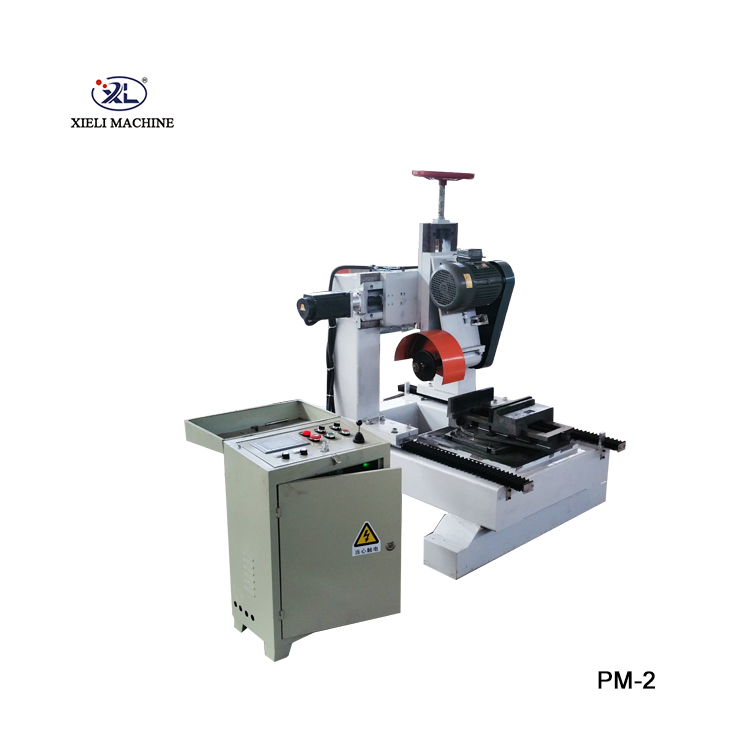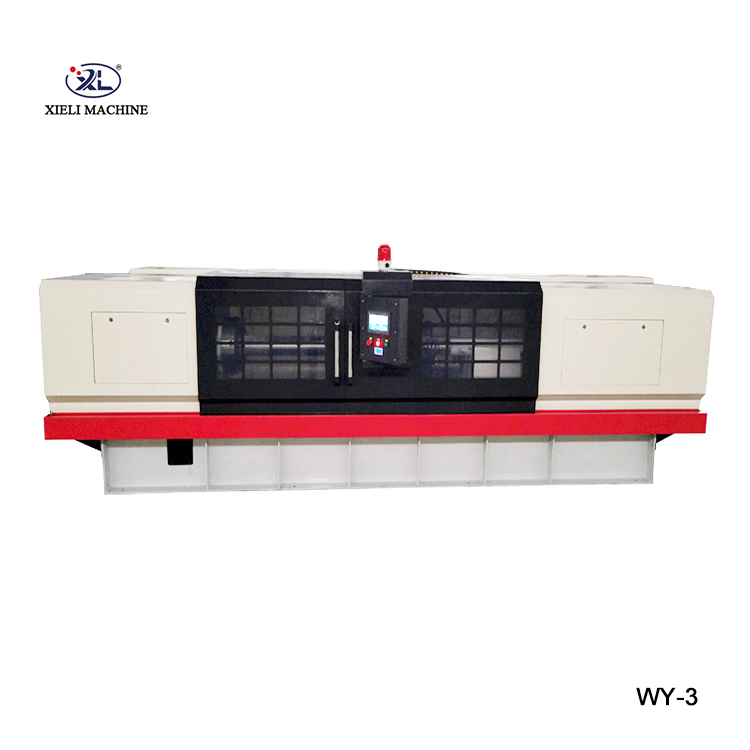Pipe polishing is a vital process in many industries, especially when working with materials like stainless steel. Whether you're polishing pipes for decorative purposes or preparing them for installation, understanding how to use a stainless steel pipe polisher correctly can make all the difference. In this guide, we'll walk you through the basics of pipe polishing, from setup and techniques to safety tips, ensuring that your work is both efficient and effective.

Understanding the Basics of a Tube Polishing Machine
When you're starting out with pipe polishing, the first step is understanding the machine you're working with. A tube polishing machine is designed specifically for polishing tubular items, such as pipes or rods. These machines come with a range of features, including adjustable speeds and different buffing or polishing attachments. Learning how to set up your tube polishing machine correctly is crucial for achieving a smooth and even finish. Start by reading the manufacturer’s manual to familiarize yourself with the machine’s controls and settings. Adjust the speed based on the type of material you're polishing—stainless steel, for example, may require slower speeds for finer finishes.
Choosing the Right ಸಿಲಿಂಡರಾಕಾರದ ಹೊಳಪು ಯಂತ್ರ
While tube polishing machines are great for smaller, cylindrical pipes, a cylindrical polishing machine is typically used for larger, more industrial-scale projects. These machines are specifically designed to handle the curvature of pipes and tubes, making them perfect for achieving high-quality finishes on stainless steel pipes. If you plan to polish large quantities of pipes or need a more versatile solution, investing in a cylindrical polishing machine might be the right choice. It’s essential to ensure that the machine is compatible with the size of the pipes you’re working with and that it offers sufficient speed and pressure control to prevent any damage to the material.
The Role of a Stainless Steel Pipe Polisher
A stainless steel pipe polisher is essential for achieving a high-gloss, smooth finish on stainless steel pipes. Stainless steel, known for its durability and aesthetic appeal, requires special attention during polishing. Using a stainless steel pipe polisher ensures that the pipes maintain their shiny appearance without scratching or damaging the surface. Begin by selecting the appropriate polishing tool for your stainless steel pipe polisher. For a more refined finish, you may want to use finer polishing pads or compounds that are specifically designed for stainless steel. Be sure to keep the machine moving steadily along the pipe to prevent uneven polishing.
Mastering Techniques for a Perfect Finish with a Stainless Steel Tube Polisher
Achieving a flawless finish requires more than just a good machine—it’s all about technique. When working with a stainless steel tube polisher, keep the following tips in mind:
- Consistent Pressure:Avoid pressing too hard on the pipe. Applying too much pressure can lead to uneven surfaces or scratches. Use gentle, even pressure as the machine polishes.
- Proper Angle:Position the polishing tool at the right angle to ensure an even finish across the entire surface. The angle will vary depending on the type of pipe and desired result.
- Polishing Compound:Use the right polishing compound for stainless steel. There are different types of compounds for different finishes, so choose one based on whether you're aiming for a matte, satin, or high-gloss finish.
By mastering these techniques with your stainless steel tube polisher, you can ensure that each pipe receives a professional-quality polish.
Safety Tips for Using a Stainless Steel Pipe Polishing Machine
When using a stainless steel pipe polishing machine, safety should always be your top priority. Here are a few tips to ensure safe and effective polishing:
- Wear Protective Gear:Always wear protective gloves, goggles, and a dust mask. The polishing process can produce fine metal dust, which can be harmful to your health if inhaled.
- Check Machine Settings:Before starting, double-check that the machine is properly set up and calibrated for the task. Ensure that all attachments are securely fastened to avoid accidents.
- Maintain the Machine:Regularly inspect the stainless steel pipe polishing machine for signs of wear or damage. Keeping the machine well-maintained will not only extend its lifespan but also ensure that it operates at peak efficiency.
By following the tips outlined in this guide, you’ll be able to enhance your polishing skills and produce professional-level results, whether you’re working on a single pipe or large-scale projects.





